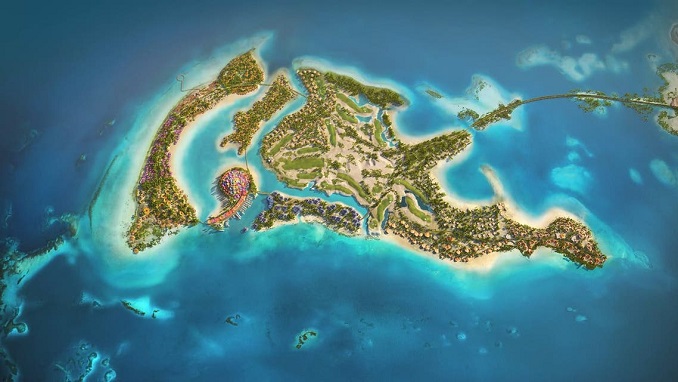
Nine hotels that will open in the first phase of the Saudi Arabia’s Red Sea development project next year will be operated by the Red Sea Development Company (TRSDC) after the company signed on Wednesday the single multiple deal, Arab News reports.
TRSDC chief executive John Pagano pointed that the project’s first phase is to be completed by the end of 2023, offering 3,000 hotel rooms in 16 hotels across five islands and two inland sites.
Pagano noted that fueled by the ambitious Vision 2030 program, Saudi Arabia is accelerating its development of a new tourism offering in the Kingdom, unveiling collection of unique and diverse hospitality brands that cater to this growing market.
According to the agreements unveiled on the second day of the Future Investment Initiative in Riyadh, the international hospitality firms that will run nine of the 16 properties under development for the first phase of the project are EDITION Hotels and St Regis Hotels & Resorts, Fairmont Hotel & Resorts, Raffles Hotels & Resorts and SLS Hotels & Residences, Grand Hyatt, Intercontinental Hotels & Resorts and Six Senses and the Jumeriah Group.
The Kingdom is committed to creating one of the last undiscovered places on the planet, a world-leading barefoot luxury destination on Saudi Arabia’s west coast is set to be completed in 2030.
Owned by a Saudi sovereign fund and backed by Crown Prince Mohammed bin Salman, the multi-billion-dollar project will entail developing 1,000 residential properties as well as 50 hotels with up to 8,000 hotel rooms across 22 islands off the coral-fringed Red Sea coast and six inland sites, covering an area of 28,000 square km.
Pagano underscored that the Red Sea Project will be a game-changer for sustainable tourism, noting that the project has so far handed out 800 contracts to firms worth over SR 20 billion and has already created 10,000 new jobs whilst ultimately 14,000 people will live and work at the site.
The project envisages the vast site to run on energy entirely generated through solar panels and wind turbines to meet initial demand of 210 megawatts, with the ability to expand in line with the development.

Be the first to comment